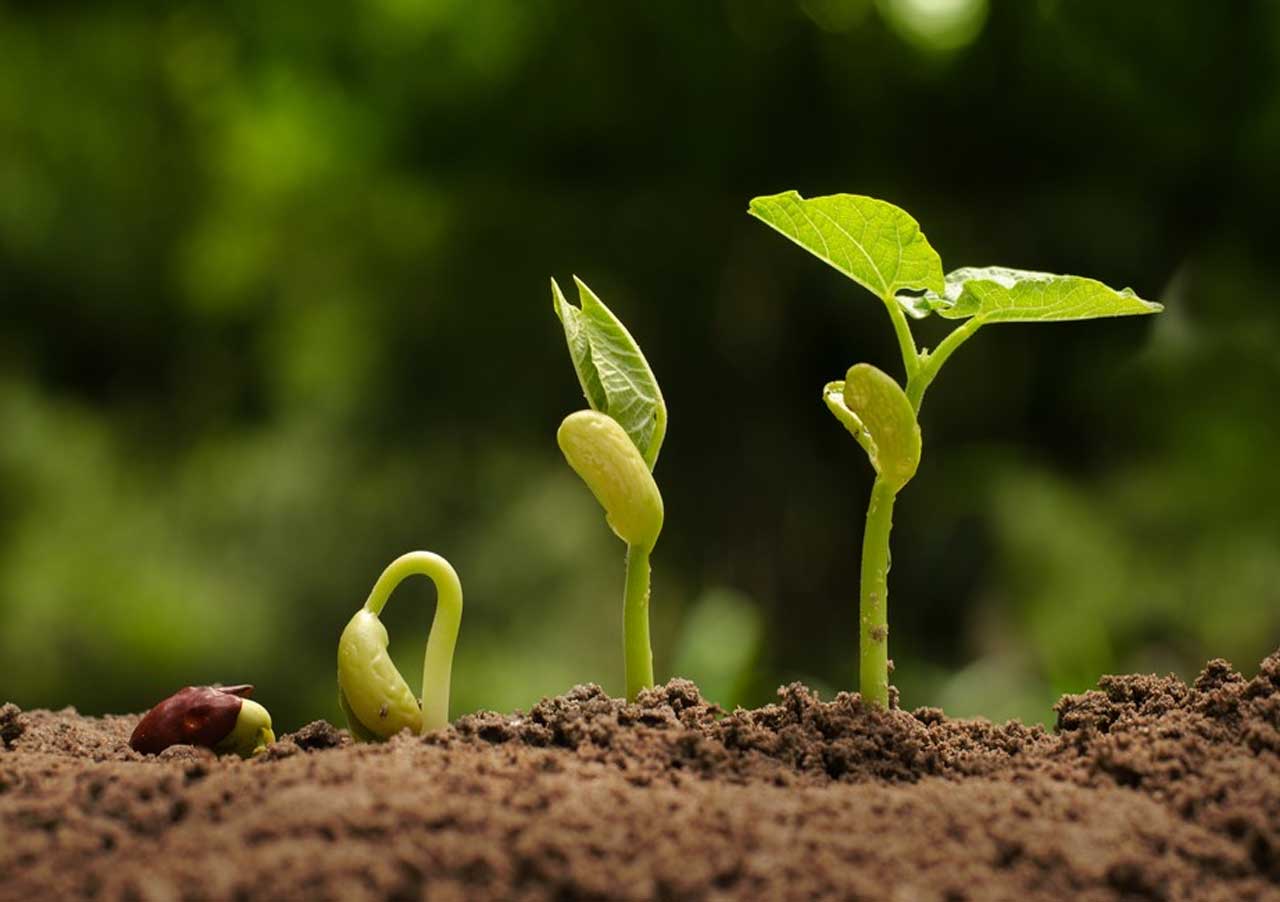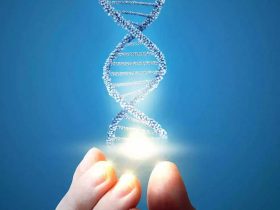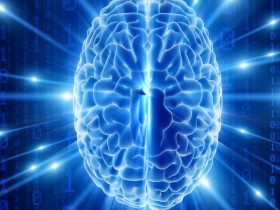Intelligent design predicts we will continue to find complex systems in living creatures. This prediction is affirmed almost daily in scientific papers around the world. I’ve highlighted a few of these, such as the systems that allow reef squid to communicate by writing on their own bodies. For this post, let’s look at plants.
Plants generally get their energy from light; through an amazingly engineered process we call photosynthesis. Sensors help them capture and process the light. Here’s Jeffrey Thompkins, Ph.D.:
One of the key factors in a plant’s life cycle is processing sunlight in the form of duration (day length), light quality (wavelength), and light intensity. All of these interconnected light-related factors are monitored within the plant’s leaf cells by a family of sensor proteins called phytochromes. When the red to far-red region of the visible light spectrum changes during the day, or because of shade from neighboring plants, the conformation (3-D shape) of the phytochrome proteins becomes altered and they act like genetic switches. They turn on and off a whole host of genes that modify plant metabolism, physiology, growth, and development. Phytochromes also help set the plant’s circadian rhythm (day/night clock) in addition to telling the plant what time of year it is, when it should flower and make seeds, or go dormant for the winter.
This has been known for some time. What’s new is that scientists have now found that these same sensors also measure temperature. The sensors are already fantastic machines in measuring and responding to light, so no one expected they would also be respond to temperature. But they do. Tompkins again:
This temperature-sensing capacity and seamless integration with the light sensory function is so finely tuned that it enables the plant to make a wide variety of adjustments in growth and development both during the night and during photosynthesis in daylight.
Wow! In other words plants, life that you might think is relatively simple, has complex, engineered systems far beyond human technology. We’re talking nanotechnology, engineering at the atomic level, that works perfectly for that dandelion in your yard. All life is more complex than we can possibly imagine.
So ask your Darwinist friends how they explain this. You might get, “well obviously it ‘evolved’ because it’s good for the plants.” Don’t let them get away with that nonsense. You can’t mathematically get any technology by chance, much less an integrated system that can sense and respond to both light and temperature.
And speaking of integrated systems, what about the human brain? How can anyone possibly believe the human brain – with its ability to process information from each of our senses and combine that with analytic reasoning, memory, spatial perception, image recognition, and so so much more – arose from a chance-based process? The truth is plainly obvious, and it always has been, notwithstanding the nonsense we hear from Atheists. Human beings were designed.
Thanks for reading. And please, please, spread the good news of science.


















Leave a Reply